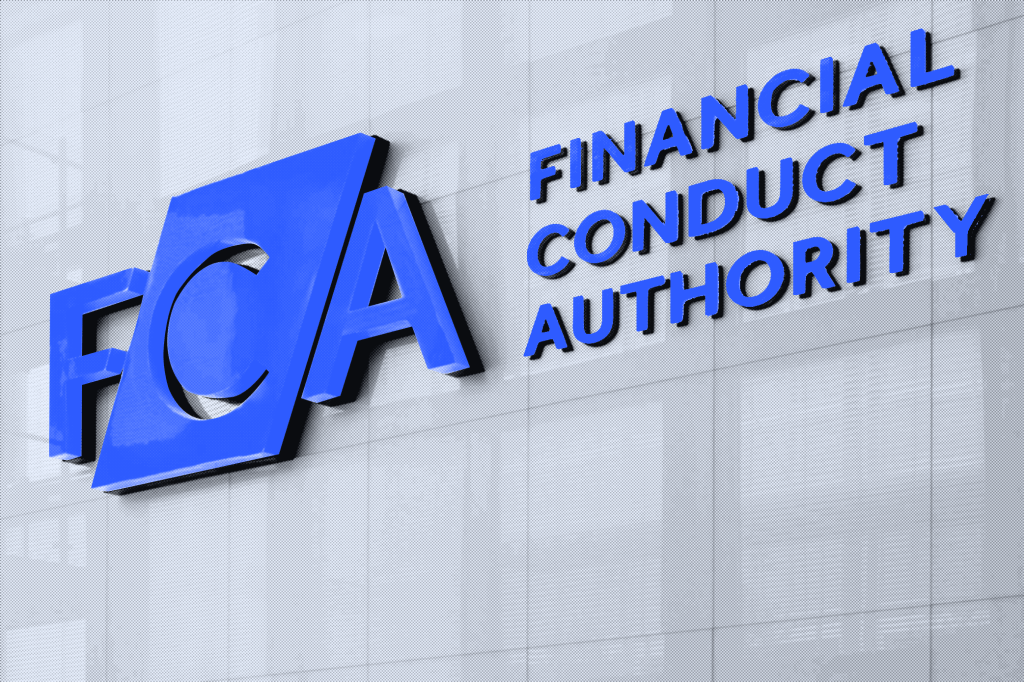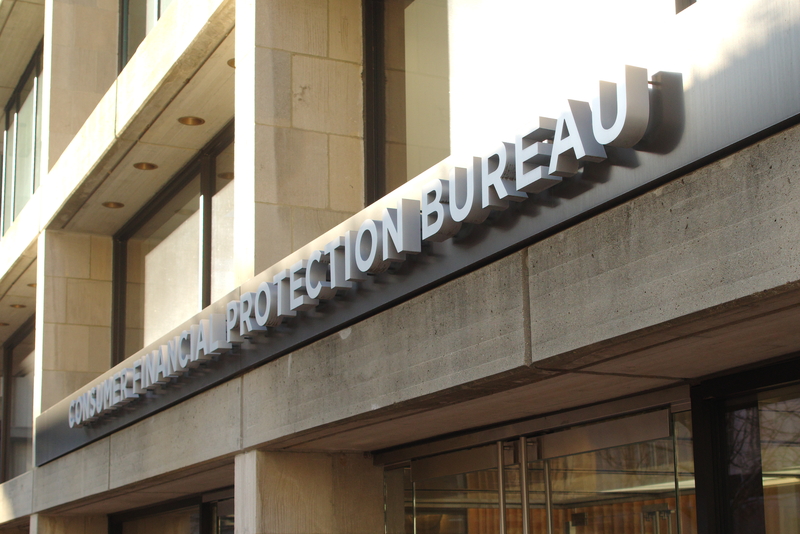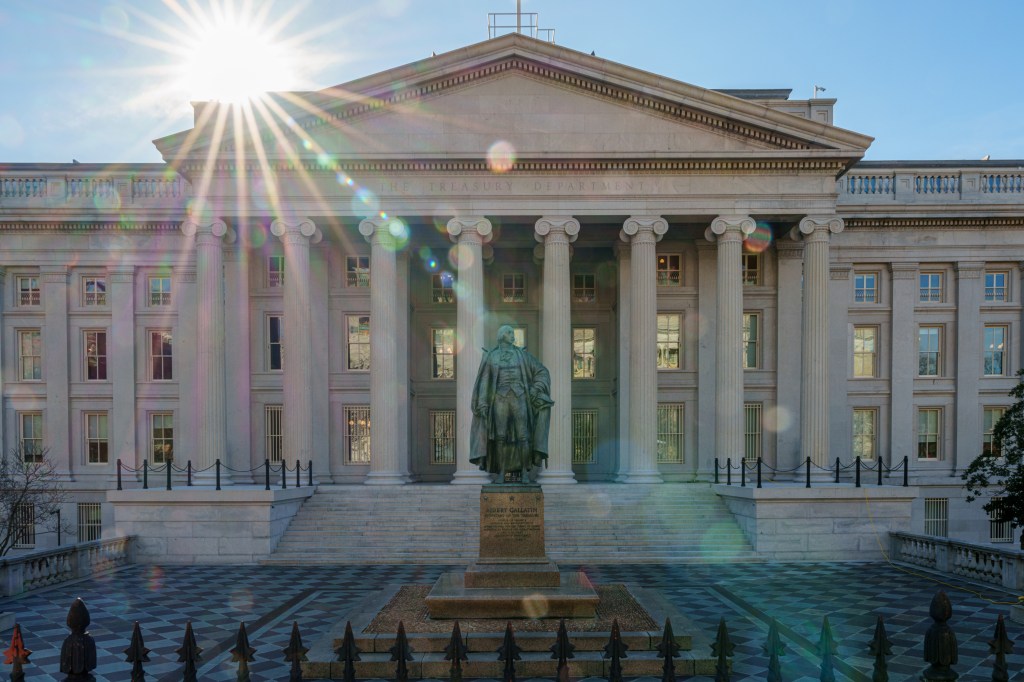A proposed, new rule from the US Treasury’s FinCEN unit – issued in February – closed its comments period on Wednesday. Since then, commentators have weighed in on the virtues and implications of the rule.
FinCEN’s proposed rule would require most investment advisers to:
- follow anti-money-laundering/combating-the-financing-of-terrorism (AML/CFT) requirements, including implementing risk-based AML/CFT programs;
- reporting suspicious financial and transaction activity (SARs) to FinCEN;
- maintaining records concerning the transmittal of funds and other existing recordkeeping rules;
- and fulfilling other obligations applicable to financial institutions already subject to the Bank Secrecy Act (BSA) and the implementing regulations flowing from that law.
If the proposed version is implemented in a final form, the new rule would subject investment advisers to the BSA by expanding the definition of “financial institution” under the BSA to include both SEC-registered investment advisers (RIAs) as well as investment advisers that report to the SEC as exempt reporting advisers (ERAs).
Just that change would bring a vast majority of investment advisers within the ambit of the BSA and require significant overhauls at any investment adviser firm without an existing AML/CFT compliance program, resources and expertise.
In the proposal’s rollout, FinCEN said the proposed rule does not include a customer identification program requirement, nor the collection of beneficial ownership data and information for legal entity customers of investment advisers. But FinCEN predicted addressing these additional requirements in future rulemaking.
Prior attempts
FinCEN tried unsuccessfully in 2003 and 2015 to finalize similar proposed rules that were ultimately withdrawn, partly due to arguments that imposing separate AML/CFT program requirements on RIAs is unnecessary and redundant. That is because their clients’ transactions in cash and securities must be processed through a financial institution already subject to AML/CFT program requirements (for example, a bank or broker-dealer).
And other commentators noted that advisory businesses that do not directly hold cash or securities for clients do not present a high risk of money laundering.
NASAA said the proposed rule serves the important public policy objective of preventing the US financial services industry and would close a current gap in AML regulations.
Fueling the push toward trying it again, Andrea Gacki, FinCEN’s director, noted that Russian oligarchs have exploited the gap in AML/BSA surveillance and reporting coverage to profit from investments in US hedge funds and private equity firms. And she said Chinese state actors have used investments in early stage companies to access cutting edge technology and undermine the United States’ commitment to competitive innovation.
NASAA’s support, Peirce’s criticism
Last Friday, the North American Securities Administrators Association (NASAA) – an association representing the US state securities agencies – threw its support behind the proposal.
In its letter directed to Director Gacki, NASAA said the proposed rule serves the important public policy objective of preventing the US financial services industry from “being used for illicit purposes” and would close a current gap in anti-money-laundering regulations as between different types of financial services firms.
But SEC Commissioner Hester Peirce issued a formal statement on the proposed rule last Friday, saying it’s thin on actual examples of RIAs serving as gateways to illicit activity. And as noted above, she mentions the protections other firms such as broker-dealers, mutual funds, futures commission merchants, and banks (that are all subject to the full array of BSA requirements) provide in financial transactions.
“It is hard to conceive of an adviser-related activity that would not fall within the regulatory ambit of some or all of those covered financial institutions,” Peirce says.
Under the proposed rule, FinCEN would delegate its examination authority over advisers to the SEC, one of the reasons behind Commissioner Peirce weighing in here. Advisers would remain subject to inspection directly by FinCEN and be subject to FinCEN’s enforcement authority.
Expansion requires planning, resources
Indeed, the inclusion of ERAs in the proposed rule is a significant expansion of scope beyond the 2015 proposal, which would only have applied to RIAs. The Risk Assessment attached to the proposed rule discusses at length specific concerns regarding the AML/CFT risk presented by the ERAs. FinCEN views it as high given the limited regulatory and reporting requirements applicable to them and their private fund clients.
The rule would also apply to non-US investment advisers, even if they do not maintain any offices or personnel in the United States. This is distinctly different than the BSA wherein AML/CFT program requirements generally apply only to agents, branches, agencies and offices located in the United States.
Since SEC investment advisers should expect the SEC’s Examination Division to focus on these new requirements during exams if they go into effect, businesses need to at least do an assessment of where they stand in terms of implementing any new compliance functions necessary to complying with them.
Among other things, this means an assessment of whether the business has sufficient internal controls to address AML/CFT red flags and ensure firm policies will be sufficient to meet the requirements imposed under the BSA, and that all corporate leaders and board members fully understand these processes and requirements and will have the resources to train the appropriate personnel. Additional hiring and technology enhancements might also be needed.

















